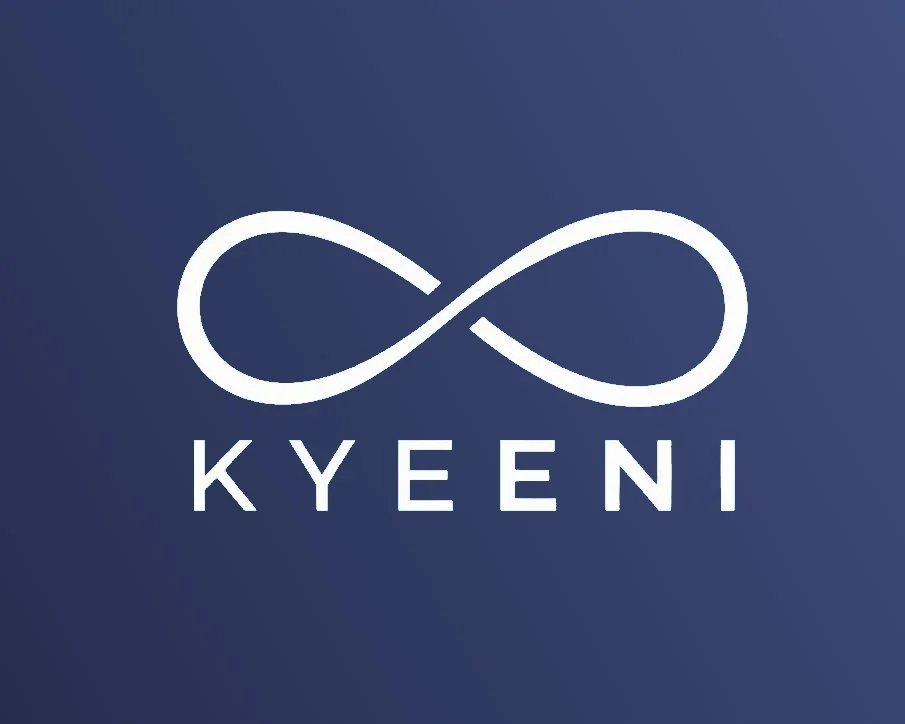Inclusive design for local businesses: Making websites accessible to everyone
When someone visits your website, the experience should be smooth and welcoming - no matter their ability, device, or circumstance. Accessibility isn’t just about ticking compliance boxes, it’s about creating fair access for all. For local businesses in South East London, inclusive design also means opening your doors to more potential customers and showing your values in action.
Here are 8 practical ways you can make your website more accessible while strengthening your brand.
1. Use clear and consistent navigation
Good navigation helps every visitor find what they need quickly, but it’s especially important for people using screen readers or with cognitive differences. Keep menus consistent across pages, use simple labels like “About” or “Services,” and avoid burying key information too deeply. The W3C Web Accessibility Initiative has useful guidance on navigation patterns that work well for everyone.
2. Add alt text to all images
Images should always include alternative text that describes what’s shown. Screen readers rely on this to tell visually impaired visitors what’s on the page. Beyond accessibility, it also supports your SEO by giving search engines more context. If your images are professionally shot, this becomes even more powerful - great photography combined with thoughtful alt text ensures your visuals work for every user. (For more on why quality visuals matter, see our photography guide for South East London businesses).
3. Ensure strong colour contrast
Low-contrast text can be difficult for people with visual impairments, colour blindness, or simply when viewing on a bright screen outdoors. Use tools like the WebAIM contrast checker to make sure your colour pairings meet accessibility standards while keeping your brand identity intact.
4. Make text resizable and easy to read
Some users need to zoom in significantly. Your website should allow text to scale without breaking layouts or hiding content. Choose legible fonts, avoid overly small sizes, and ensure there’s enough line spacing to make reading comfortable. The UK Government accessibility guidance provides clear recommendations for meeting basic standards.
5. Provide captions and transcripts for multimedia
Videos and audio content should always have captions or transcripts. This supports people with hearing impairments, but also helps users who are watching in noisy environments or without headphones. The NHS accessibility video guide is a good example of how inclusive multimedia can be delivered effectively.
6. Design forms with accessibility in mind
Online forms, whether for bookings, contact, or orders, can be a barrier if not designed inclusively. Label fields clearly, provide error messages that explain what went wrong, and make sure forms can be navigated with a keyboard as well as a mouse or touchscreen. Following the WCAG 2.2 guidelines will help ensure your forms meet recognised standards.
7. Test with real users and tools
Automated checkers are helpful, but the best insights come from real people. Ask for feedback from customers with different needs, or use free tools like WAVE to scan your site for accessibility issues. Testing regularly ensures that your website stays inclusive as it grows.
8. See accessibility as a brand value, not a burden
Inclusive design benefits everyone. It creates smoother experiences, shows you care about your community, and often improves usability for all users, not just those with specific needs. By making accessibility a priority, you position your business as trustworthy, modern, and people-focused. And the key point here is that Google rewards your site if it’s fully accessible!
Conclusion
Accessibility isn’t a niche concern - it’s a vital part of building a website that works for everyone in your community. By making small, thoughtful changes such as adding alt text, improving colour contrast, or ensuring your videos have captions, you can open your business to more customers and make a positive statement about your values. And when you combine inclusive design with high-quality visuals, you not only make your website more usable, you also make it more engaging. To explore this further, check out our blog on the importance of good photography for local businesses.


